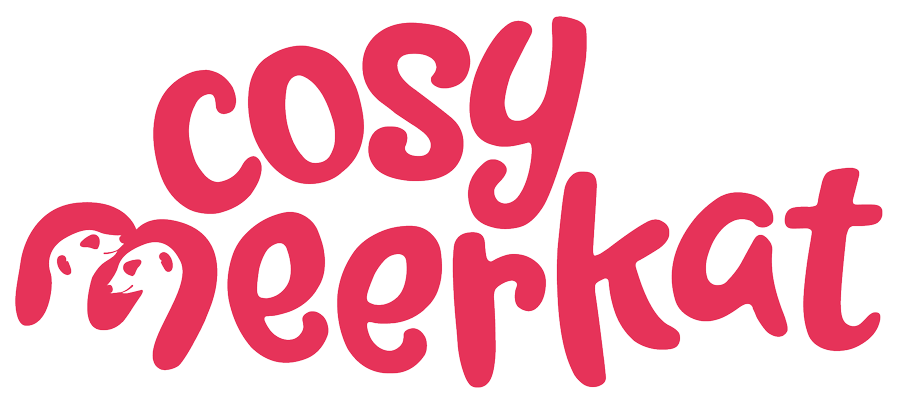Want your employees to love what they do? Here’s how.
According to a recent survey from the recruitment company Indeed, a third of people are generally happy in their jobs. Flip those stats around though and that means a massive two thirds of the working population are not, which is not only a shame, it’s not good for their mental health or their productivity. Take a look now though at some other stats, this time from the FSCS, an organisation we’ve mentioned before on our blog. Having made some radical changes to working practices in the last few years, particularly around flexibility and inclusion, the FSCS now boasts a staff satisfaction rate of 89%. Clearly, people there are happier than the average employee. So, is having a job you love destined to remain a dream for most or can something be done to make more people love the work they do?
That’s the question we’ve been asking ourselves at Cosy Meerkat this month. It’s been prompted by an interesting piece in the latest Harvard Business Review in which Marcus Billingham, the Head of People and Performance Research at the ADP Research Institute, argues that so little thought has gone into what makes people like work that we’ve ended up with organisations full of functional -often meaningless - jobs where no-one’s expected to really enjoy what they do and outcomes are measured as part of a standardised reward system.
‘Work isn’t working for us,’ he says, pointing to lists of core competencies and skills as an example of how we’ve forgotten our greatest collective strength: our individuality. Each of us enjoys different things and we all therefore bring different strengths – and weaknesses – to the table. His argument goes that companies who view their staff not as cogs but as human beings encouraged to work to their strengths will find their employees are happier, more engaged and perform better as a result. And interestingly, his organisation’s most recent survey of 50,000 workers found the three most powerful predictors of retention, performance and engagement weren’t pay or liking your colleagues but:
· Did people have the chance to use their strengths at work?
· Did they get a chance to do something they were good at and loved?
· Were they excited to go into work?
Now, you might be thinking that getting everyone who works for you to love what they do is just unrealistic – and we’d agree. With the best will in the world, making a person love everything about their job is never going to happen. But he also points to research which suggests people don’t need to love everything they do; they just need to love about 20% of it. And loving that 20% makes them far less likely to suffer from burnout or stress. So, if leaders want their employees to be high performing they need to help them find a little of what they love in their work every day.
‘Only when a company intelligently links what people love to their actual activities will it achieve higher performance, higher engagement and resilience, and lower turnover.’
Yep, that’s another quote from Marcus Billingham. You can see what he had to say struck a chord here. Practically speaking though, what does redesigning work into something more loved look like for an organisation?
Well, it might mean recruiting individuals based on specific strengths – their talents – and making sure they know these are valued within the company. It might also mean giving employees opportunities for lifelong learning, not just learning tied to that particular organisation’s needs – letting them know their growth and development has an implicit worth. It could also be about hand-picking teams for specific projects, based upon what you know about those individuals’ strengths, rather than their job titles. People might end up working across a range of different projects, having been chosen perhaps because they’ve got creative flair or a particular love for detail.
Then there’s the thorny issue of trust and how little of it people often have in those they work for; getting rid of the thinking that ‘there is no I in team’ and embracing the fact that individual strengths can make the group stronger. When the ADPRI asked their 50,000 survey participants if they trusted their teammates, team leader and senior leadership, those that said they trusted all three were 15 times as likely to be fully engaged by their work and 42 times as likely to be highly resilient.
Performance ratings, 360-degree surveys, objectives cascaded down from above; if you’re really on board with getting individuals to love what they do you might want to trust people to set their own goals. If that thinking is too radical (and it would be a big step) then what about getting your team leaders to check in with their teams once a week? Rather than it being about appraisal and feedback these sessions would ask what they loved or hated about last week and what help was needed to help them with their priorities for the following week. Reminding them what they enjoyed about work and enabling them to continue doing just that.
Radical? Yes. Idealistic? Maybe. But unrealistic? Not necessarily. As with most things, it just needs a few to embrace a new way of thinking for others to see that it could work. We’re hoping that Billingham’s Love + Work concept will catch on.
